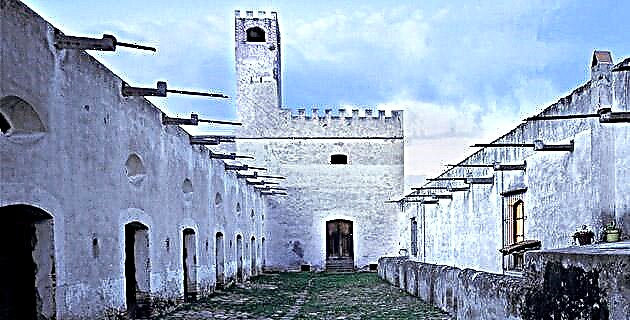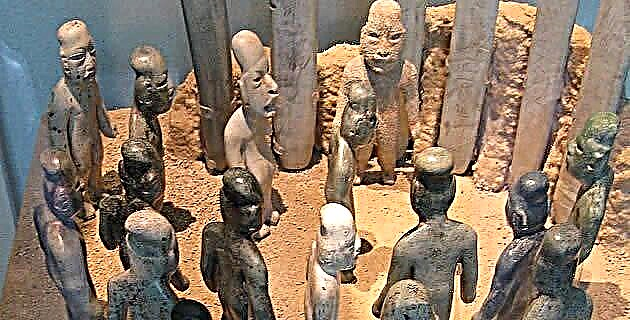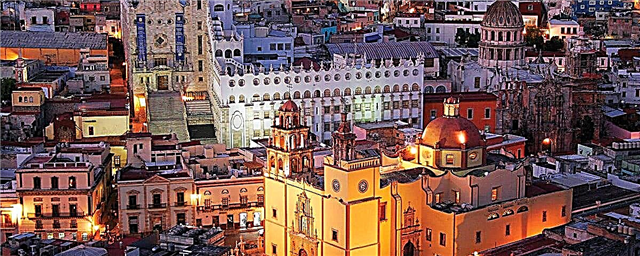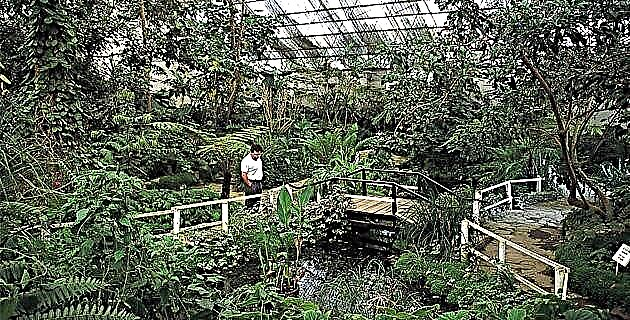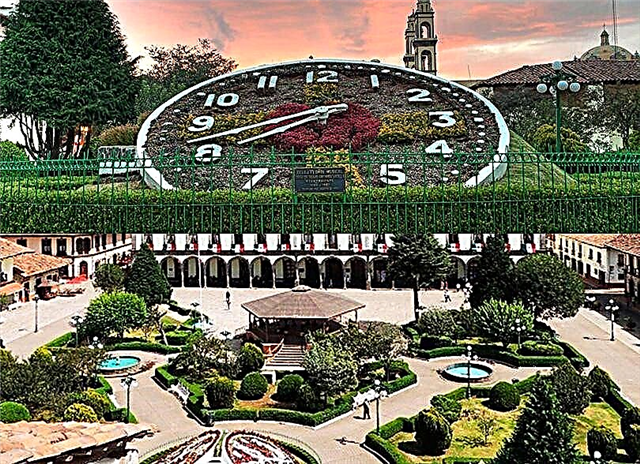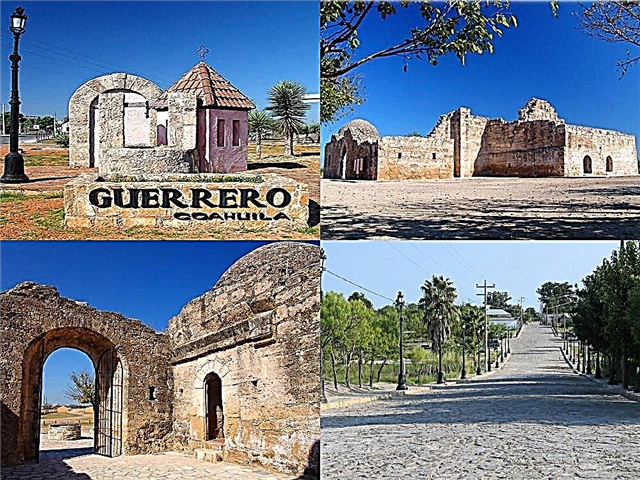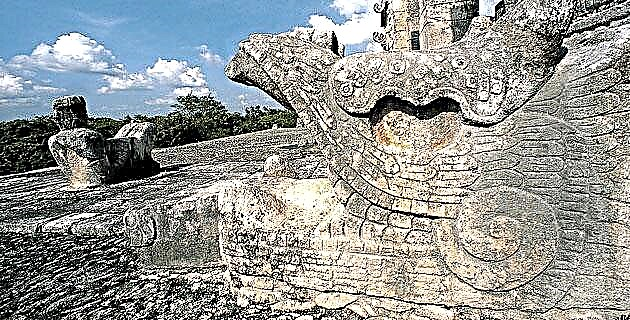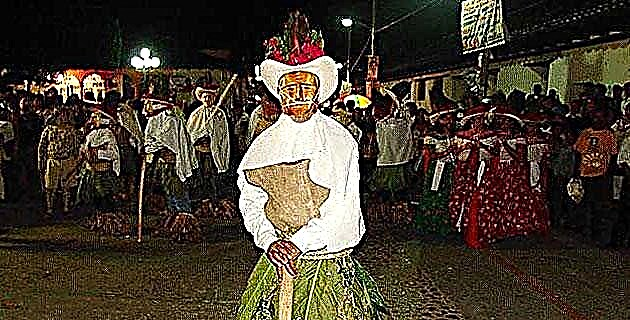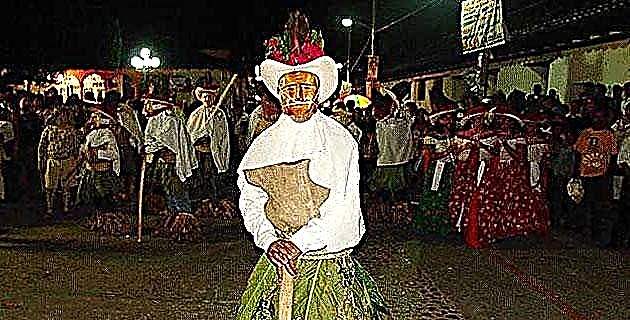
In the southern limits of our territory, there is a riverside and still jungle town called Tenosique, where we spent three days to explore its cenotes, visit its archaeological sites and delight our eyes and ears with its traditional and colorful Pochado Dance.
During our stay in this picturesque Tabasco town, we took the opportunity to visit the main attractions of the area. We go to the mountains, where the town of Santo Tomás is located. This region has interesting ecotourism attractions, such as the San Marcos lagoon, the Na Choj caves, the Cerro de la Ventana, the archaeological zone of Santo Tomás and the cenotes of Aktun Há and Ya Ax Há.
Inked waters
In order to explore the Ya Ax Há cenote, we met a group of enthusiasts to kayak and dive. As I was the only diver, I only descended 25 meters. At that depth the water turned burgundy and it was impossible to look at anything. I couldn't even see my hand in front of my eyes! This color is due to tannic acid that results from the rotting of leaves and plants that fall into the water. Then I went up a bit, until the water turned greenish and I could see something. In order to explore this cenote, another trip in dry weather will have to be planned with more equipment and more divers. This region is ideal for hiking, mountain biking and you can even organize a horseback ride to the archaeological zone of Piedras Negras, in Guatemala.
Panjalé and Pomoná
The next day we went to visit the archaeological sites around Tenosique, among which Panjalé stands out, on the banks of the Usumacinta, on the top of a hill, 5 kilometers before reaching Tenosique. It is made up of several buildings that in times past formed a viewpoint, from which the Mayans used to watch over the boats that passed through the river's waters.
Nearby, Pomoná (600 to 900 AD) played an important role in the political and economic relationship of its region, since this city was located between the entrance to the upper Usumacinta and the Guatemalan Petén, just where producers and merchants passed towards the coastal plains. The architecture of this site shares features with that of Palenque and is made up of six important ensembles that, together with the residential areas, are distributed over approximately 175 hectares. Only one of these complexes has been explored and consolidated, which is made up of 13 buildings that are located on three of the sides of a square with a square plan. Its importance lies in the richness of the hieroglyphic inscriptions found, which provide us not only with a chronology of its development, but also information about its rulers and their relationships with other cities of that time. It has a museum on site.
The Dance of the Pochio
The next day, in the morning, we met with the group of dancers and musicians from Tenosique, who are in charge of organizing the Danza del Pocho during the carnival festivities. This time, in a special way, they dressed up and staged it so that we could learn about this tradition. About the carnival party, we were told that it has its roots in the late 19th century. During the time of the monterias and chiclerías, which were administered by the Spaniards from some companies such as Guatemalan and Agua Azul. These hired gangs of workers who went deep into the Tabasco jungle and the Guatemalan Petén region to exploit precious woods, such as mahogany, cedar and resin from the gum tree, their return coinciding during the dates of the carnival festivities. Thus, the inhabitants of this municipality were given the task of organizing two parties, Palo Blanco and Las Flores, to contend for the scepter and the carnival crown. With them the great celebration began. Since then, the vast majority of the population has participated in this festival, through the pre-Hispanic dance of Pochio.
The clothing of the lame includes a wooden mask, a hat adorned with a garden palm and flowers, a cape, a skirt of chestnut leaves, some banana leaf soybean poplin and a chiquís (rattle made with a thick branch of hollow guarumo with seeds). The pochoveras wear a flowery skirt, a white blouse and a hat just like the lame ones. Tigers have their bodies covered in yellow mud and black spots, and they wear an ocelot or jaguar skin on their back. The instruments that accompany the dance are the flute, the drum, the whistle and the chiquis. The carnival ends with the death of the current captain Pocho and the election of the new one, who is in charge of the mission of conserving the sacred fire and must organize the festivities, ensuring that all the customary rituals are carried out.
By the way, the appointment is made in a curious way, the people gather tumultuously in front of the house of the elect and throw stones, bottles, oranges and other objects to the ceiling. The owner comes to the door and announces that he accepts the charge. Finally, as night falls, they settle in the house of the outgoing captain in order to attend his "death", the scene unfolding as if the crowd were attending a wake. They eat tamales, sweets, coffee and brandy. The drum must play all night long, without ceasing for a moment. As the first rays appear (on Ash Wednesday), the touch becomes increasingly slow, indicating that the agony has begun, which lasts for a few moments. When the drum is silent, Pocho has died. The attendees show great sorrow, they hug each other effusively, some cry in pain, others because the party has ended and some more because of the effect of alcohol.

